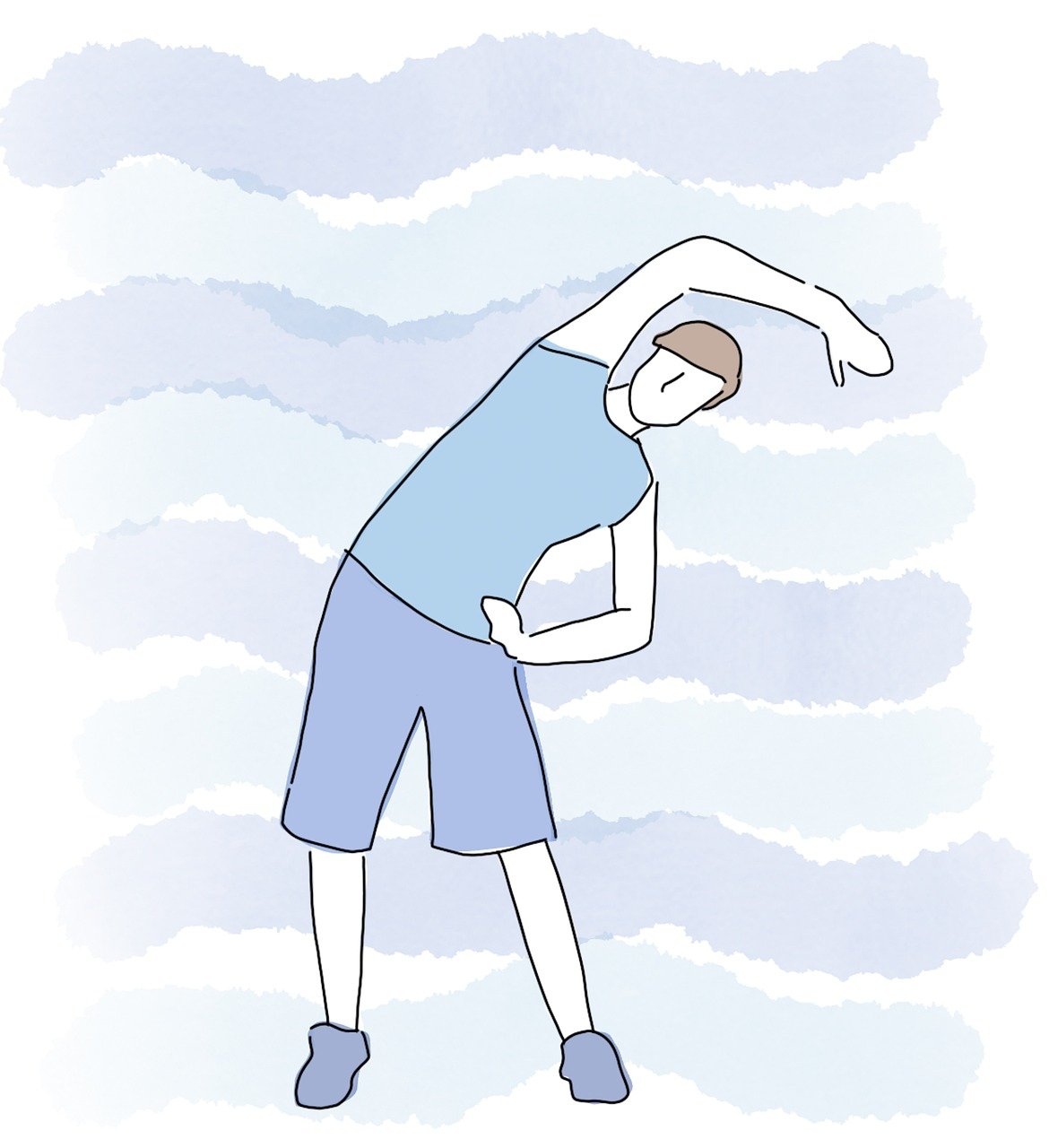Read DISCLAIMER
Flexibility has nothing to do with hours of intense yoga sessions or grueling workouts; in fact, it involves simple and effective movements in your daily routine that make your body more mobile, balanced, and less stiff. Flexibility may be vital for an athlete, a mere desk worker, or someone just looking after everyday activity. Flexibility is a characteristic that reduces your risk of injury, improves posture, and even enhances circulation to aid in the recovery of your muscles and keep you healthy. What’s beautiful about flexibility exercises is that they can be done by anyone, at any fitness level, and pretty much anywhere, without the need for expensive equipment.
Let’s start with the classic forward fold, which stretches the hamstrings and lower back. Stand with your feet hip-width apart and slowly hinge forward at your hips, letting your hands reach toward the ground or your shins, depending on your flexibility. It’s not about touching your toes but feeling the stretch in the back of your legs. Another great exercise is the cat-cow stretch, ideal for improving spinal mobility. Begin on all fours, inhaling as you arch your back and lift your head and tailbone (cow) and exhaling as you round your spine, tucking chin and pelvis (cat). This simple movement is a fantastic way to release tension in the back and neck.
If the hips are tight, try the butterfly stretch. Sit on the floor, bringing the soles of your feet together, allowing your knees to drop outward. You can press your knees into the ground by using your elbows for a deeper stretch. The seated spinal twist is also a great pose to release tension in the lower back and obliques. Sit with your legs extended, cross one leg over the other, and twist your torso in the direction of the bent knee, placing your opposite arm on the outside of the bent leg for support.
A doorway stretch is perfect for your shoulders and chest. You stand in a doorway with your hands at shoulder height on the frame, take one step forward, and slowly lean forward as you press your chest through the doorway until you feel a stretch. For an added stretch on the lower body, you may want to add a lunge stretch for the hip flexors. Step one foot forward into a deep lunge, with your back leg straight and your hands resting on your front knee or the floor for balance. Hold and repeat on the other side.
The side stretch is another must-do that enhances flexibility in the obliques and ribcage. Stand tall, raise one arm overhead, and lean to the opposite side, keeping your torso elongated. For your calves and hamstrings, the downward dog pose from yoga is a game-changer. Start in a plank position, lift your hips toward the ceiling, and let your heels move toward the ground while keeping your back straight. It’s both a stretch and a strength-building pose.
Finally, there is the child’s pose, which is a very gentle stretch to the lower back, hips, and thighs. Kneel on the floor, sit back on your heels, and stretch your arms forward as you drop your forehead toward the ground. This pose will improve flexibility and relax the mind, relieving stress.
The key to improving flexibility is consistency. Spend just 10-15 minutes a day practicing these stretches, and you’ll start noticing a difference in your range of motion, posture, and overall comfort. Flexibility is a journey, not a destination, so go at your own pace, listen to your body, and enjoy the process.

I am impressed with this web site, real I am a big fan .
Thank you for your sharing. I am worried that I lack creative ideas. It is your article that makes me full of hope. Thank you. But, I have a question, can you help me?
Your point of view caught my eye and was very interesting. Thanks. I have a question for you.
You have the gift of turning abstract thoughts into something tangible, allowing the reader to grasp concepts with clarity.
Thank you for your sharing. I am worried that I lack creative ideas. It is your article that makes me full of hope. Thank you. But, I have a question, can you help me?
united statesn online pokies review, real usa online casino and no deposit bonus uk poker, or
new uk paypal harrahs casino local number – Bernadette,
Thank you for your sharing. I am worried that I lack creative ideas. It is your article that makes me full of hope. Thank you. But, I have a question, can you help me?
Can you be more specific about the content of your article? After reading it, I still have some doubts. Hope you can help me.
Your article helped me a lot, is there any more related content? Thanks!